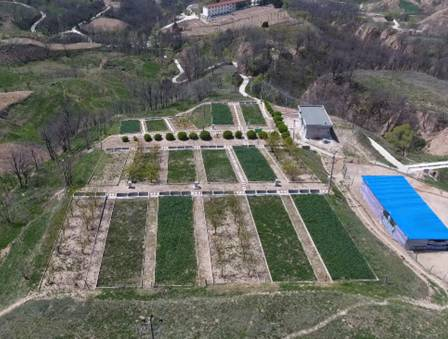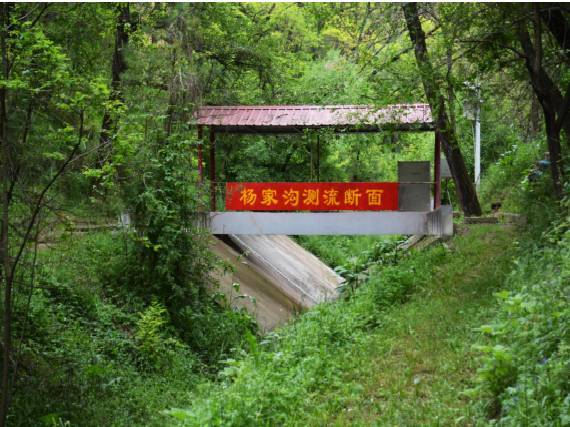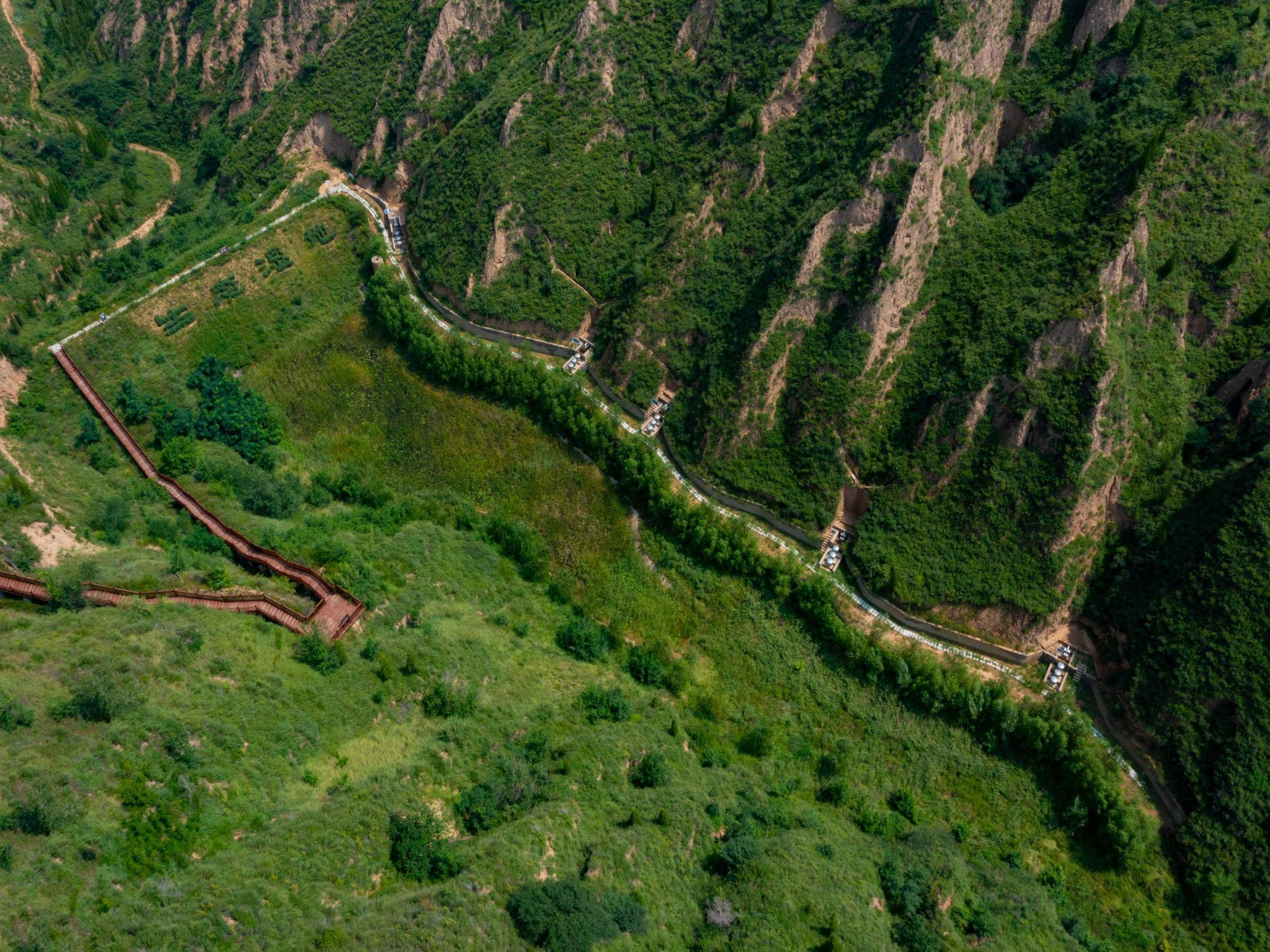The Loess Plateau Soil and Water Conservation Field Scientific Observation and Research Station (hereinafter referred to as the Field Observation Station) is one of the first batch of field scientific observation and research stations announced by the Ministry of Water Resources in 2019, involving three soil and water conservation scientific experimental stations directly under the Yellow River Commission, Tianshui, Xifeng and Suide, relying on the upper and middle reaches of the Yellow River Administration. For a long time, it has played an important role in the observation and experiment of soil erosion law, the demonstration and promotion of soil erosion prevention and control technology, and the research of soil and water resources utilization and agricultural production technology.
In September 2019, the National Glacial Permafrost Desert Scientific Data Center - Loess Plateau Soil and Water Conservation Center was established, and the scientific data of soil and water conservation of the field observation station entered the platform for sharing services, becoming an important part of the special data of the high-quality development of the Yellow River Basin. Give full play to the scientific research value and social value of data, and at the same time, it marks that the scientific data of soil and water conservation provides basic data guarantee and technical support for regional economic and social development and the implementation of major national strategies at the national level.



Based on the Loess Plateau, the field observation station adheres to long-term field positioning observation, and each typical small watershed carries out observation and recording work in strict accordance with the requirements of observing runoff, sediment, precipitation, soil moisture content and gravity erosion in accordance with the requirements of the "Soil and Water Conservation Test Specification". Field scientific experiments have been carried out, observation data of physical geography, hydrometeorology, soil vegetation, land use and other aspects have been obtained, a long series of soil erosion characteristic data have been accumulated, and a series of fruitful results have been made in soil erosion law experiments, soil and water conservation experimental research, practical technology demonstration and promotion, resource opening and sharing, etc., which have provided important basic support for regional economic and social development and water conservancy science and technology innovation, and made great contributions to the development of soil and water conservation in China. At present, the field observatory has developed into a multidisciplinary and multi-level research institution for soil and water conservation, and has become an important part of the national innovation system and water conservancy science and technology innovation system.